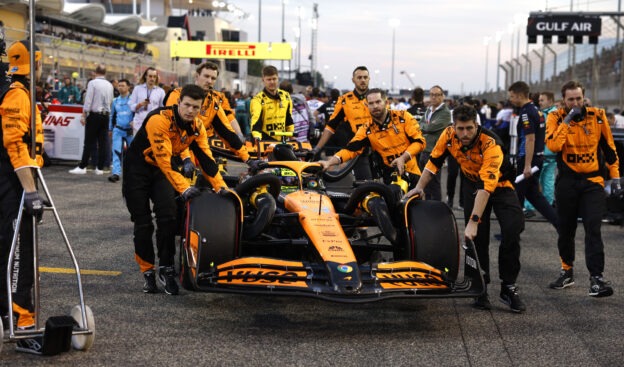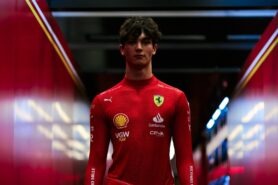Accelerating into Tomorrow: A Preview of Innovations in the 2024 F1 Racing Season

The F1 cars were revealed last week, so we had a chance to see what the teams were up to during the off-season. With new regulations yet again in full effect, it is always interesting to see how each team tackles these changes and attempts to gain an advantage over their competition. While some teams have kept a similar design philosophy from previous years, others have completely changed their approach in some areas, hoping to catch more speed on the track. Let's see what the latest design trends are for 2024 and how they will impact the upcoming season.
The Most Notable Trends So Far
While most teams opted for evolution philosophy rather than revolution, there are some notable changes in the design of F1 cars for the 2024 season. Red Bull remains at the forefront of innovation, but some interesting changes come from other teams too. Most notably, the legendary Ferrari, who influenced many racing theme titles and teams within the sport itself, has admitted flaws in the 2023 car and announced major upgrades to aerodynamics, hoping to bounce back from bad performance in the previous season.
The (Invisible) Mini Wing
The latest innovation from McLaren was hidden from this year's launch. People noticed it thanks to a bad Photoshop job on the side of the car. The mini wing is positioned at the front end of the side pod and has a role in improving aerodynamics, just like the front wing, which remains a key area of development despite being heavily regulated. Suspensions and floor were also photoshopped, which got people talking about what else McLaren was hiding. It will be interesting to see how these upgrades will impact the car's performance, but considering McLaren made an effort to hide them means they are confident it will bring them an advantage on track.
Updated Chassis Shape
From what could be seen on the car reveal, Red Bull has a stronger V shape for this season. The trend started last year when we noticed a stronger V-shaped hull compared to 2022. This could improve the airflow and allow for modifications to the underfloor. It's possible that more teams will follow this trend as well. However, this is not a drastic change and could just be a small tweak to improve performance.
Sculpted Side Pods
Sidepods are always an area of focus for teams, and this year is no exception. The trend seems to be towards more sculpted side pods, with the goal of improving airflow around the car and reducing drag. Mercedes has already made a step in this direction by introducing a slimmer design compared to last year's model. Most notably, Haas has introduced its latest car with some enhancements from its predecessor, including more intricately designed side pods. With these modifications, the car looks like the upgraded McLaren models from the last season. Haas is hoping that these improvements will help them achieve better results after previously disappointing seasons. It will be interesting to see how the car performs on track and if it can improve its overall standings this year.
Cockpit Position
Last season, Lewis Hamilton complained about the seating position, arguing he sat too far forward. The problem was with the "zero side pod" design, which forced the engineers to move the seating forward. Since the zero side pod is being ditched, we might see a seating position moving back for Mercedes and other teams. The seating position is more important than you think in terms of feel for the driver. Sitting too far forward can result in losing the feel of the rear end of the car.
Suspension Setup and Configuration
The debate for pushrod vs. pullrod suspension configurations is intensifying as teams weigh not only the mechanical pros and cons but also the aerodynamic payoffs they bring. Red Bull and McLaren have pioneered distinctive approaches that could serve as benchmarks for other teams looking to refine their airflow management and enhance their diffuser efficiency.
Regulations and Rule Changes for 2024
Lastly, it's worth mentioning some of the regulation and rule changes for 2024. First of all, the maximum fine for breaking rules has significantly increased. Previously €250,000, it changed to €1 million. Sprint Qualifying will move to Friday, with the Sprint race on Saturday, ahead of the Grand Prix qualifying. The 2022 cars are now permitted to enter the TPC program. On top of that, teams can run their current cars on two occasions for promotional events this year.
✅ Check out more posts with related topics:













LAST 3 F1 Fan COMMENTS